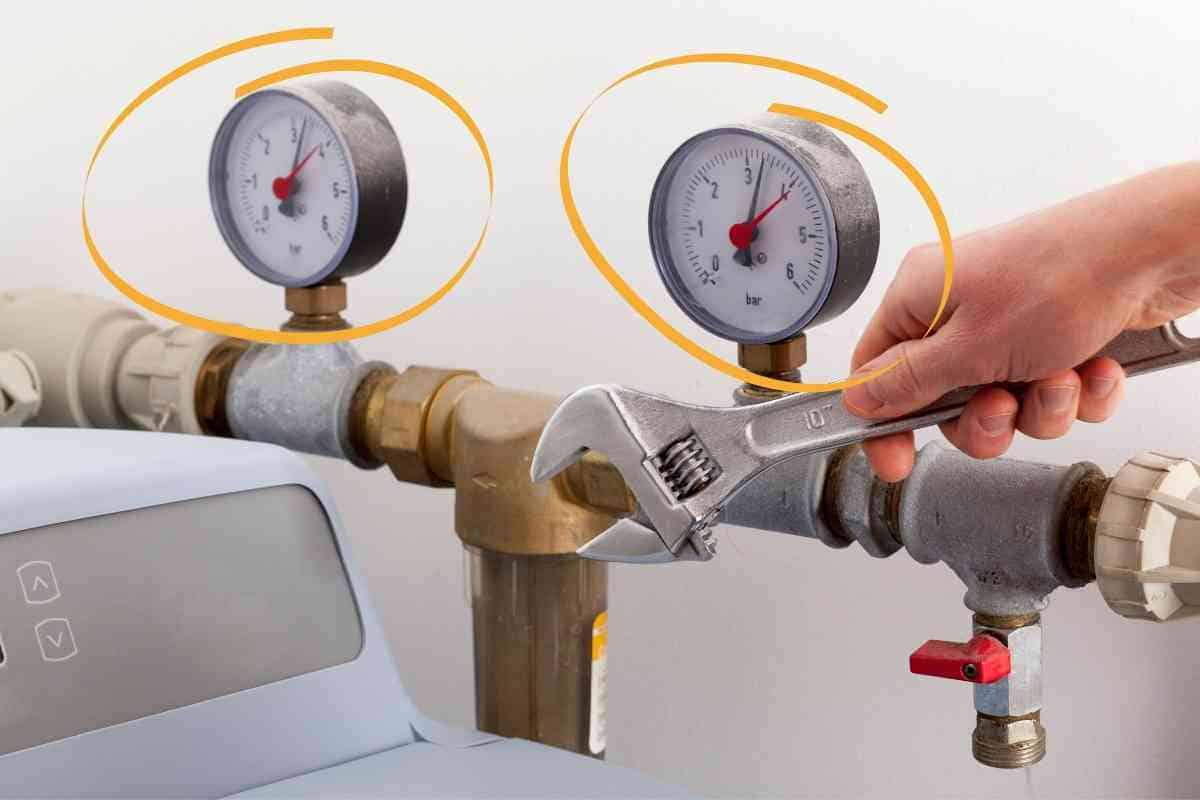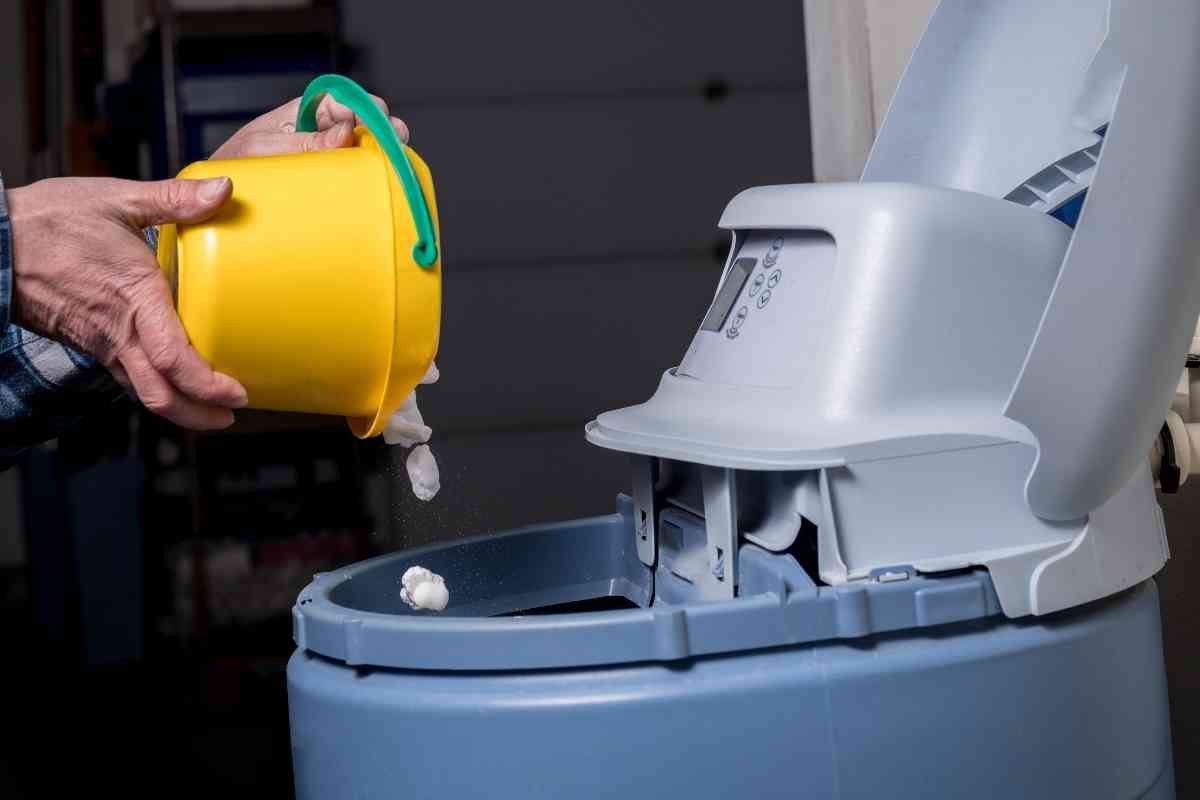Water Softener Hardness Number: What Does It Mean
If you are concerned about the contents of your tap water, you should find out what your softener hardness number is, but what does it mean?
A lot of people are skeptical about their tap water, which results in many consumers preferring to drink bottled water instead. A great way to understand more about the metals and minerals inside of your water is to get a softener hardness reading.

What do the numbers mean on my water softener?
Your water softener hardness number will indicate the amount of concentrated calcium and magnesium that you have inside of your water. Soft water will have very few minerals and metals – whereas hard water will have more based on the result of the number scale.
When it comes to your home’s tap water, you want to feel assured that what’s flowing out of your sink is safe and sanitary to drink.
The majority of people in the United States rely on tap water as their primary drinking source, but we need to take into account that the quality of water is different in each state, county, and city.
Although we have some of the highest standards for tap water quality in the world, the metal and mineral content that flows out of your sink is something that we should still be aware of.
This is determined by scaling your tap water’s mineral and metal concentration. To help you understand this further, we are going to take a closer look at what a water softener hardness number actually means.
After extensively researching water softener hardness, I have been able to gather enough information to determine what the number system of this reading indicates.
My research has shown me that a softener hardness number is not necessarily an indication of good or bad water quality, as the amount of concentrated minerals and metals in water is up to individual tastes and preferences.
Water Softener Hardness Number Explained
Your water softener hardness number is going to indicate the amount of concentrated calcium and magnesium inside your tap water – with soft implying a smaller quantity of metals/minerals and hard containing more. A common misconception is that hard water is equated with poor-quality water that could potentially be dangerous.
This is certainly not the case, as both soft and hard water have specific advantages and disadvantages – neither of which are direct health concerns.
Scaling Water Softener Hardness
When water is tested for its softener hardness level it falls on a number scale. Although there are multiple types of metals and minerals inside household tap water, the main two that we are looking at are calcium and magnesium.
We measure these two elements in either ppm (parts per million) or gpg (grains per gallon).
The USGS is the governing body that regulates water softener hardness standards in the United States and they consider 0 to 60 mg/l to be a measurement that signifies soft water – with small traces of calcium and magnesium.
If the reading shows 61 to 120 mg/l on the scale, then the water softness level is considered to be moderate. Whereas anything that has more than 180 mg/l is considered to be very hard.
The gpg system for determining a water softener hardness number is different and will show a reading on a scale of 1 to 15.
This is interpreted as 1 grain per gallon equating to 17.1 milligrams per liter). Here is a breakdown of the gpg scaling system.
Soft: GPG – 1 (or less)
If the water softener number comes back as anything less than 1, it means that there are hardly any metals or minerals inside.
Slightly Hard: GPG – 1 to 3.5
The lowest possible reading that you can have for your softener hardness number is 1 to 3.5. This will indicate that your water is soft and has a very small amount of calcium and magnesium.
Moderately Hard: GPG – 3.5 to 7
A moderately hard softener hardness number is when you can begin seeing certain characteristics in your water.
If you have ever taken a shower and felt like you had dry skin after, there is a good chance that the hardness level of the water was moderately hard or higher. Another common characteristic of moderately hard water is spots on dishes.

Hard: GPG – 7 to 11
If you’ve noticed mineral buildup around your faucets, drains, or pipes – it is likely due to a high-level gpg that is 7 to 11 (or higher).
This would be classified as hard water that has a considerable amount of calcium and magnesium, as well as other metals and minerals such as iron.
You will be able to physically see a buildup around certain parts of your home where water flows and it can also cause discoloration.
Very Hard: GPG 11 to 15 (and up)
Ver hard water that is scaled at 11 to 15 gpg and up will have a lot of metal and mineral buildup and can be easily seen on dishes. Even though the scale is very hard, the water should still be safe to drink without any health risks.
However, you may notice that the taste of the water begins to change when the reading is this high.
Testing Water Softener Hardness
If you are curious about your home’s water softener hardness number, you can find out what it is by running a test.
There are a number of different ways that you can do this and the kind of test that is conducted usually depends on the region that you live in – with ppm or gpg being the two standard options.
With that being said, most U.S. tests rely on the gpg system for assessing water softener hardness numbers. These are your testing options.
Professional Test
If you have just installed a new water system into your home, you probably had a professional help you with the job. Most technicians will conduct a test to determine your home’s water softener hardness level, which they will share with you after the installation is complete.
However, if you are curious about your water softener hardness level after installation, you can always call out a technician to perform another test.
At-home Test
The easiest way to get a quick reading on your tap water’s softener hardness level is to use an at-home test.
These tests are very easy to use and can be done without the help of a professional – making them a more practical and affordable option.
Each at-home test is a bit different, so be sure to read the instructions to get an accurate softener hardness number. However, most tests involve using test strips which you will dip into a water sample. Each strip will be color coated and it will indicate your tap water’s gpg and/or ppm.
Adjusting Water Softener Hardness
It is important to understand that soft and hard water both come with their advantages and disadvantages. Soft water can make washing clothes, taking showers, and doing dishes more pleasant.
A lot of people prefer to have soft water at home because it keeps their skin from drying out. It is often the case that your skin will feel dry after taking a shower or even washing your hands, which can potentially irritate the skin – especially if the metal and mineral content is very high.
Hard water can also make your hair more drab and flat.
With that being said, hard water is full of minerals and metals such as calcium, magnesium, and iron, which can be very beneficial for human health.
Although most people assume that the only benefit of water is hydration, it is also an essential source of metals and minerals that your body needs. Very soft drinking water that does not contain an adequate amount of minerals can result in a deficiency.
However, each person has their own preference for how soft or hard their water is. If you conducted a water softener hardness test and would like to change the level to match your preferred taste, the best way to do this is to invest in a filtration system that allows you to control your water’s mineral and metal content.
There are a number of different water filtration systems on the market such as:
- Dual-tank water softeners
- Ion exchange water softeners
- Salt-free water softeners
These filters are relatively affordable and easy to install. You can then set your filter to your desired tastes for how soft or hard you like your water.







